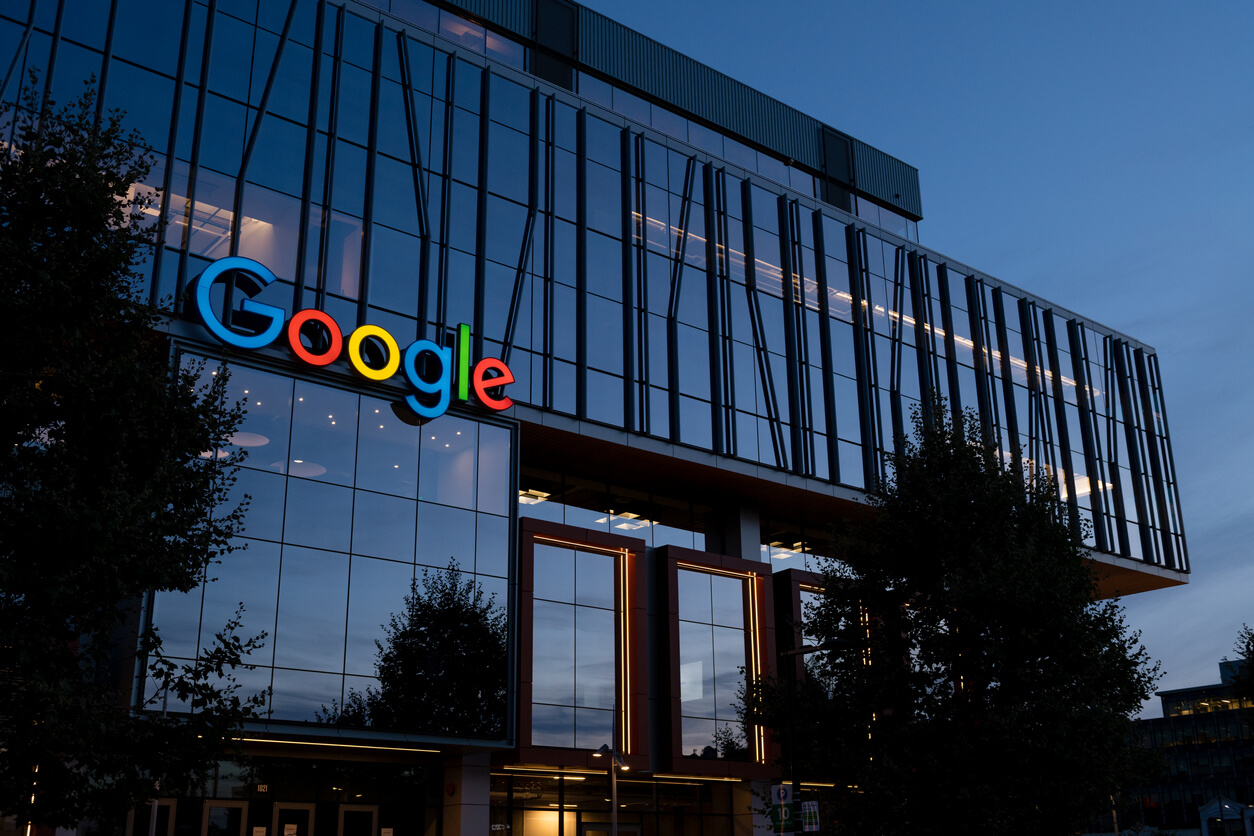A common question I’ve heard throughout my SEO career is, “Why am I not ranking for keyword X?” or even, “Can my website rank for keyword X?” The answer is: It depends. Google wants to display websites in their search results that best match not only what a user searched for but the intent behind that search query.
“Google houses the world’s information. They very likely know what the majority of people searching X are seeking, and they’re going to continue to get better and better and better at that.”
Britney Muller, SEO & Content Architect at Moz
As Google continues to get smarter, it becomes more and more important for business owners and marketers to ensure they are addressing intent with website content.
What is Search Intent?
Search intent (also referred to as user or audience intent) is the intention behind the query a person entered into Google search.
When someone searches for something, Google understands what information they are looking for, or the intent behind their search, and displays the websites that best match the intent of that search query.
Types of Search Intent
While users can search for any number of terms that sites can be displayed for, there are four primary types of search intents – however, it is possible that the intent can fall into more than one of these categories.
- Informational: Searches are looking for information about a particular topic. Searches may or may not be in the form of a question and can be as simple as “Tim Cook” where a searcher may want information about the Apple CEO, or “weather in Austin” to know if it’s going to rain or if they are safe to wash their car. Users doing these types of searches may not be ready to make any kind of purchase or even be looking to purchase anything at all. There are endless possibilities for informational searches. Below are a few examples of this type of search
- Pizza recipe
- Distance from Austin to Dallas
- What year was Google founded
- These are very broad and general.
- Preferential/Commercial Investigation: At this stage, users might be ready to make a purchase, but they aren’t sure who they want to buy from. So, they begin to research brands, products, and services. These users are past the informational search stage and starting to compare companies and services. Below are some examples of this type of search intent:
- Austin roof repair companies
- Acme Company reviews
- Samsung Galaxy vs iPhone SE
- Transactional: Searches with this intent are ready to make a purchase. They’ve done their research. They know the best-reviewed, the best price, the best model, etc., and they’re now looking for where to complete their purchase. These users have chosen the company they wish to buy from, so make sure your website is conversion-friendly! Examples of this type of search are:
- Schedule consultation with Acme Roofing
- ABC Roofing summer promo coupon
- Purchase ACL tickets
- Navigational: Searches with this intent are looking for something specific on a website and will often turn to Google to find the page more quickly. These types of searches are often brand-specific and help users find the exact page they are looking for. This is where having a good website structure with a strong user experience is important – it helps users quickly find what they are looking for. Examples of this type of search are:
- Acme Roofing hail damage
- Austin Energy account login
- Torchy’s Taco of the Month
Search Intent and SEO
Whether I am re-optimizing an existing page or creating a new piece of content, search intent is where I like to start. I not only use tools to look at keyword volume, but I look at the Google SERPs (Search Engine Results Page) because that is Google showing me which pages that best match the intent of that search query. If your webpage doesn’t match the sites Google displays, then that is not the right keyword for you to focus on, no matter how perfect you might think it is.
Here’s an example of how that applies. Let’s pretend I have an online shop where I sell face masks. I’ve decided that I want to rank for the keywords phrases “buy face masks” and “where I can buy face masks?” A simple Google search shows several websites selling a variety of handmade, washable masks. The only problem is, I sell skin care products; my face masks do not match the search intent. Because of this, I need to modify my keywords to things like “buy skincare masks” and “face masks for clear skin” so they better match the intent of the searcher since Google is only showing results related to face coverings.
Small adjustments to your keyword and content strategy can have big impacts on your organic search performance – and, ultimately, your sales.
Takeaways
What’s best for users is best for search engines. Since Google is primarily concerned with user experience, they tend to reward sites with tactics that focus on human users. So think about your audience when building your strategy.
Google wants to deliver content that best matches what users are looking for. This ensures users continue to use Google services. If users are served websites that match their intent, then they will continue to use Google as their preferred search engine.
Because of this, your content should be written so that both Google and users understand what a page and your website as a whole are about. Remember my skincare example: If several users looking for cloth masks land on my website, they will probably leave immediately once they realize I’m not selling what they are looking for. Google will see that this keeps happening and will stop showing my website for that query, resulting in lost rankings for me.
You may think a particular keyword is a good fit for your site, but if it doesn’t match the search intent, then you will face an uphill battle trying to rank for that term. Making adjustments to that keyword so it better matches intent can help your website perform better in the end.
Need help with your SEO? Contact Intellibright today!



